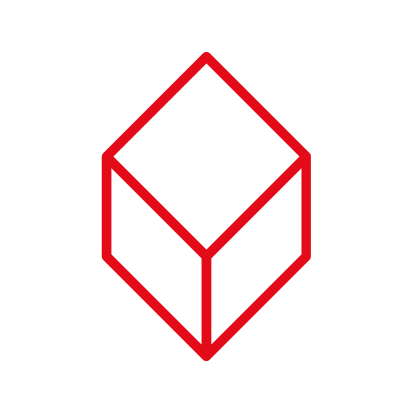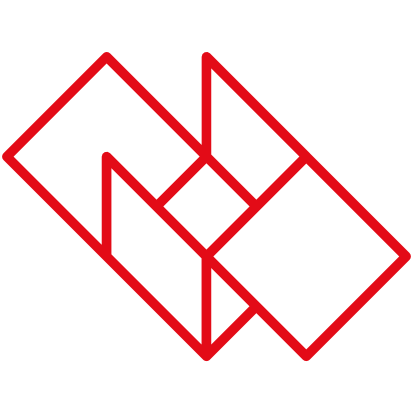The qualitative interview’s goal and strength is to find the essence of acknowledged and unacknowledged needs and wishes in different situations and life stages. As such, it is a crucial starting point for innovation, particularly user-driven innovation.
The qualitative interview is best understood when compared against the quantitative method. The quantitative method investigates broadly. It maps the relationships being examined with the aim of gaining an overview of general relationships and patterns that are representative of a given area (most often via a questionnaire/survey). In contrast, the qualitative method tends to dig deeper and attain a richer understanding of the relationships that the interviewee expresses in dialogue. It does not look for generalised knowledge, but attempts to draw special and unique relationships from the informant.
The qualitative interview is characterised by attempts to understand the work from the informant’s point of view. In the qualitative interview, storytelling takes precedence. This means that the interviewer needs to look for and document nuanced descriptions. It requires the interviewer to probe the informant for as many details as possible. This is done by constantly seeking details about an experience and encouraging elaboration. It is important that the interviewer doesn’t use theoretical or technical language, but instead make space for every day descriptions and language. It is a virtue within the interview to stick to a descriptive level: to attempt to refrain from opinionated discussion or speech such as; ‘he said’ and ‘others say’.
The qualitative interview should be supplemented with insights from participant observations either conducted before or concurrently with interviews in order to support the development of relevant questions for the interview guide as well as a foundation for shared language and points of references.


